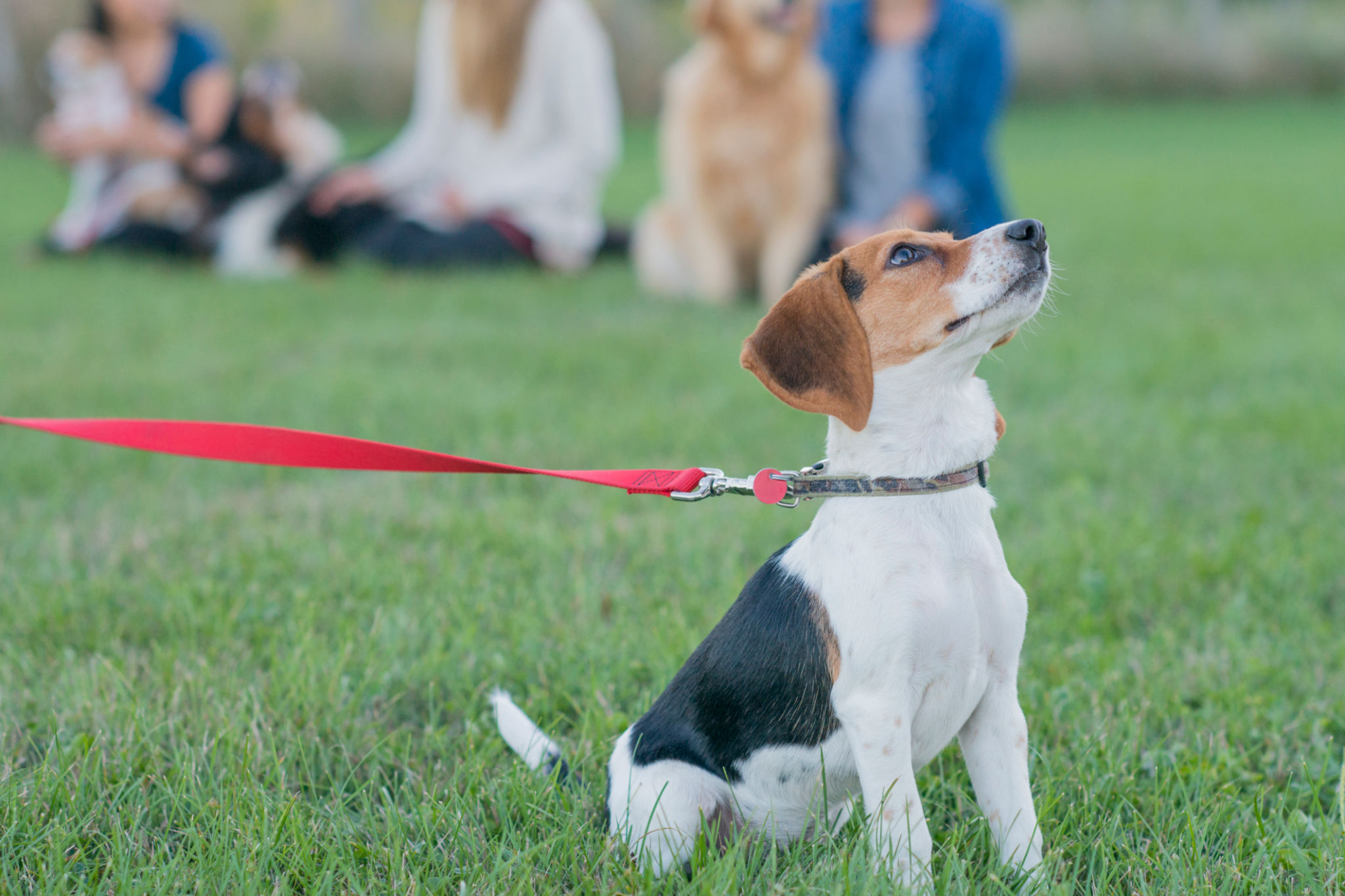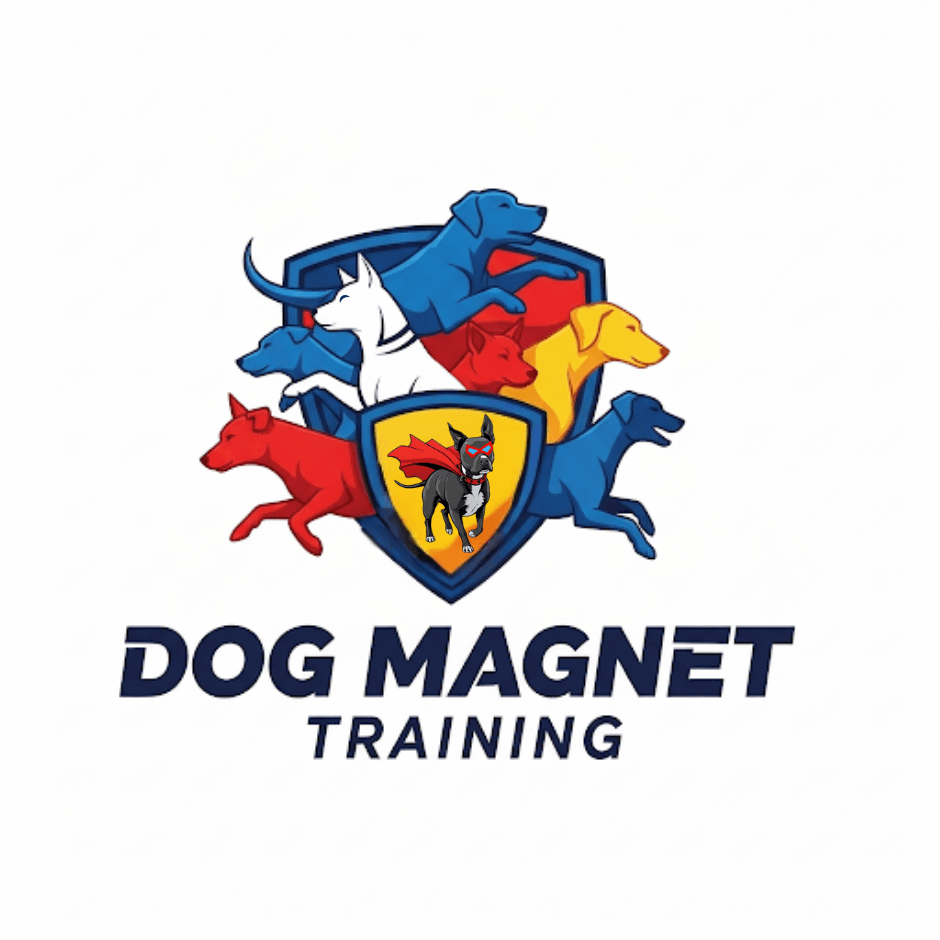DIY Dog Agility Course: Create a Fun and Engaging Environment at Home
Why Create a DIY Dog Agility Course?
Creating a DIY dog agility course at home is not only a fun way to engage with your canine companion, but it also provides numerous benefits for their physical and mental health. Agility courses help improve your dog's coordination, speed, and focus, while providing them with the exercise they need to stay healthy.
Building an agility course at home is a cost-effective solution to keep your dog entertained and challenged. It allows you to customize the course to suit your dog's skill level and specific needs. Plus, it's a great way to bond with your pet and enjoy some quality time together.

Essential Equipment for Your DIY Course
Before you start building your agility course, consider the essential equipment you'll need. While it might seem daunting at first, many of these items can be created using materials you already have at home. Here's a list of basic equipment:
- Jumps: You can use broomsticks or PVC pipes balanced on bricks or cones.
- Tunnels: Collapsible children's play tunnels work perfectly.
- Weave Poles: Use garden stakes or PVC pipes securely placed in the ground.
- A-Frame: Wooden planks or a sturdy ramp can be used for this obstacle.
Setting Up Your Course
Once you've gathered your equipment, it's time to set up the course. Choose a flat, open space in your yard or home where your dog can run freely. Ensure the course is safe, with no sharp edges or unstable equipment that could harm your pet.

Training Your Dog for Agility
Training your dog for agility takes patience and consistency. Start by introducing them to one obstacle at a time. Use treats and positive reinforcement to encourage them to complete each task. Gradually increase the difficulty by combining obstacles once they're comfortable.
Remember, not all dogs will take to agility immediately. Be patient and adapt the course to their pace. The goal is to have fun and build confidence, not to create stress or frustration for your pet.
Troubleshooting Common Challenges
If your dog seems hesitant or overwhelmed, try reducing the number of obstacles or simplifying them. Make sure that training sessions are short and end on a positive note. Frequent breaks and rewards can help maintain their interest and motivation.

Maintaining Interest Over Time
To keep your dog engaged, regularly change the course layout. Introduce new obstacles or modify existing ones to add variety. This will keep the experience exciting and prevent boredom.
Consider involving friends or family members in the training sessions. Social interaction can be a great motivator for dogs and can enhance their learning experience.
Safety First
Always prioritize safety when creating and maintaining your DIY agility course. Regularly check equipment for wear and tear, ensuring everything is stable and secure. Monitor your dog closely during training sessions to prevent injuries.
Remember that agility training should be a joyful activity for both you and your pet. Celebrate small victories and enjoy the journey of learning together.

